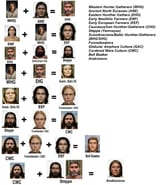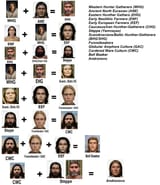>>514761594
>>514763745
>>514767832
>>514773605
>1/4 rule
If we were all a quarter nigger none of us would be white would we? 9/10 white is the absolute minimum to be considered white. People don't want to 'date' you because you are a disgusting abomination. No one wants you to die for whiteness, they want you to stay away from them. That's it, the same for niggers and browns, just fuck off and leave us alone.
Why do people look a certain way? Genes. If you look like a sandnigger, it's because you're a sandnigger. That's why modern Italians often look like Arabs, because of historic migrations.
A special proclamation.


